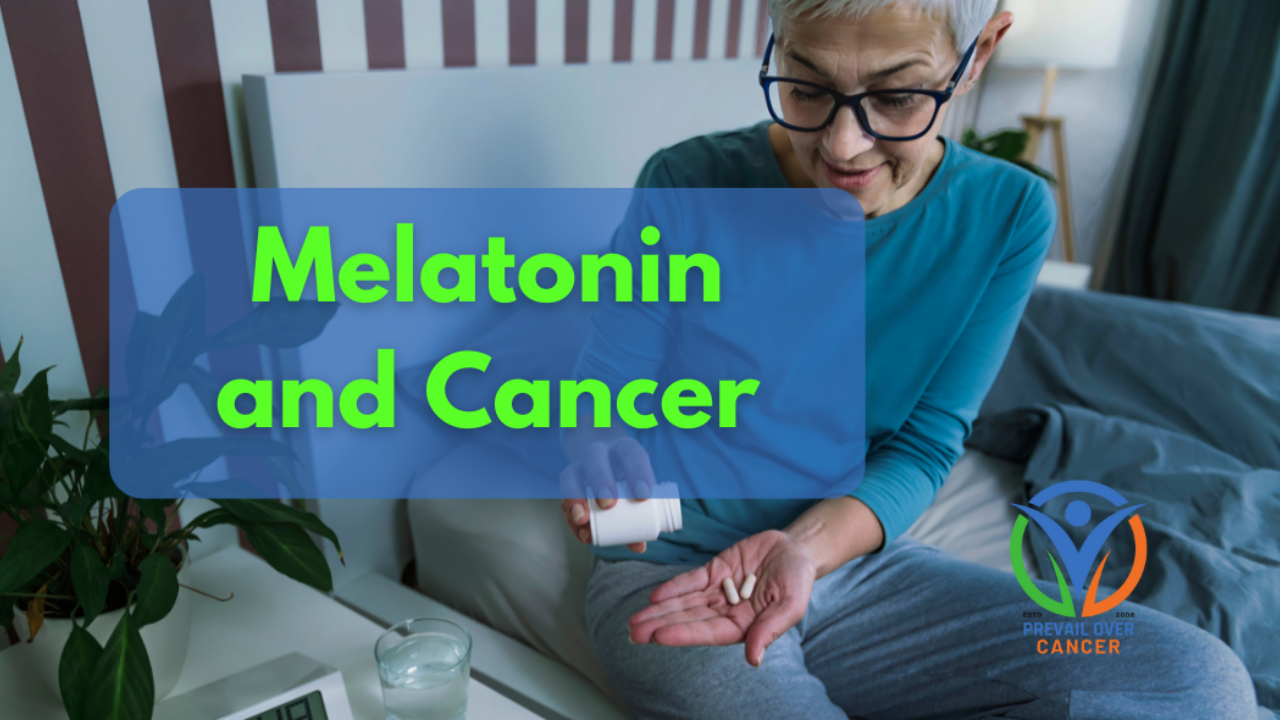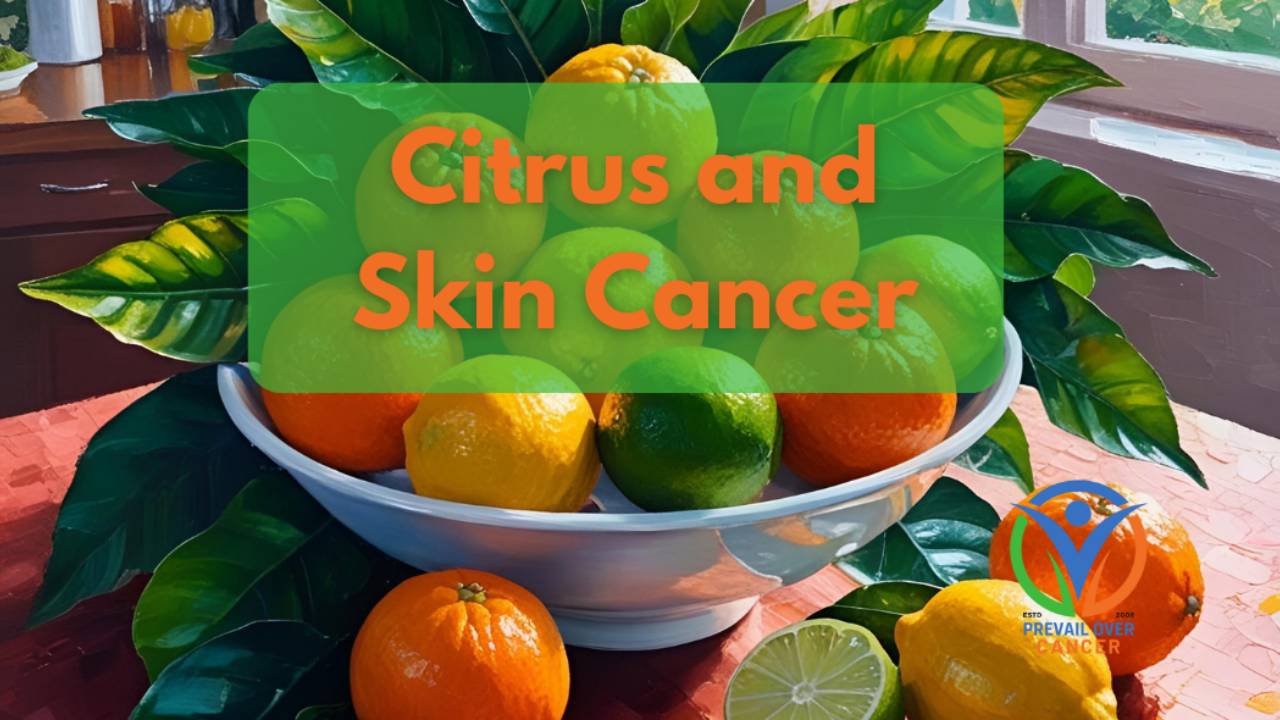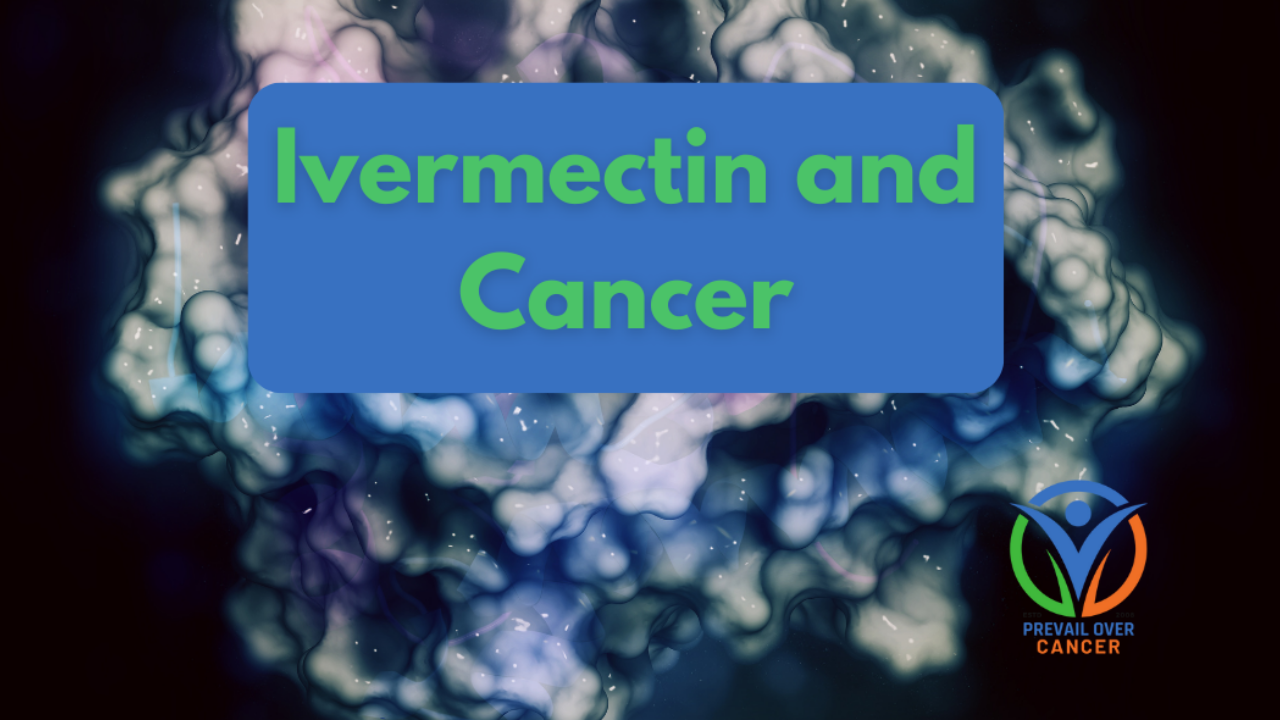Methylene Blue: A Guide for People with Cancer

What is Methylene Blue?
Methylene Blue (MB), or methylthionine chloride, is a synthetic compound initially developed as a dye but later found to have various medical applications. It has been used in cancer therapy to treat methemoglobinemia and neurodegenerative diseases and as a photosensitizer.
Where Does Methylene Blue Come From?
Methylene Blue was first synthesized in the late 19th century and has been widely used in medical and scientific research. It is derived from phenothiazine and exists in oxidized (blue) and reduced (colorless) forms.
Anticancer Activity of Methylene Blue
Recent studies suggest that Methylene Blue has potential anticancer properties. Research indicates that Methylene Blue can induce apoptosis (programmed cell death) in prostate cancer cells by upregulating key apoptotic molecules such as Bax and phospho p53. Additionally, Methylene Blue has been explored in terms of its role in cancer imaging and photodynamic therapy.
Oral Use of Methylene Bl...
The Anticancer Potential of Turkey Tail / Coriolus Versicolor Mushroom
Researched and written by Keith Bishop, Clinical Nutritionist, Cancer Coach, and Retired Pharmacist
Coriolus versicolor, or Turkey Tail, is a medicinal mushroom extensively studied for its potential anticancer properties. Used in traditional Chinese medicine for centuries, modern research has uncovered its ability to support immune function and complement conventional cancer treatments.
Alternative Names: Trametes versicolor, Polyporus versicolor, Polystictus versicolor, multicolored polypore mushroom
Common Names and Ingredients: PSK (protein-bound polysaccharide), PSP, VPS, Turkey Tail, Yun Zhi, Kawaratake, and Krestin.
Where Does Coriolus Versicolor Grow?
Coriolus versicolor is a saprotrophic fungus that grows on decaying hardwood trees worldwide. It is commonly found in Asia, Europe, and North America, thriving in moist, wooded environments. In China, it is often cultivated for medicinal use.
Active Ingredients
The key bioactive compounds in Coriolus versicolor include:
- P...
Clove and Cancer

Researched and written by Keith Bishop, Clinical Nutritionist, Cancer Coach, and Retired Pharmacist.
Cloves are the dried flower buds of the evergreen tree Syzygium aromaticum. They are commonly used as a cooking spice and have been used in traditional medicine for centuries.
Anticancer Ingredients in Cloves
Cloves contain several bioactive compounds with potential anticancer properties, including:
- Eugenol: Known for its antioxidant and anti-inflammatory effects[i]
- Oleanolic Acid: Demonstrated anticancer activity in studies.
- Flavonoids: Such as kaempferol and eugenitin.
The anticancer effects of eugenol from the clove are accomplished by various mechanisms, such as inducing cell death, cell cycle arrest, migration inhibition, metastasis, and angiogenesis (new blood vessel growth to tumors) on several cancer cell lines.[ii]
Cancers Studied
Laboratory and animal research has explored the effects of cloves on various cancers, including:
- Breast cancer[iii]
- Cervical cancer ...
Iodine and Cancer

A Comprehensive Review of the anti-cancer actions of iodine.
Researched and written by Keith Bishop, clinical nutritionist, cancer coach, and retired pharmacist.
Iodine, an essential trace element, has garnered significant attention for its potential anticancer properties. This blog post delves into iodine's anticancer activity, its mechanisms, other health benefits, cancers at higher risk due to deficiency, interactions with medications, top food sources, potential side effects of excess iodine, testing methods, and supplement sources.
Consult your health care team before making changes to your health program.
Anticancer Activity of Iodine
Research has shown that iodine exhibits significant anticancer effects, particularly in breast cancer. Molecular iodine has been found to diminish proliferation and invasive potential and activate the immune response in mammary cancer xenografts. Iodine induces apoptosis (programmed cell death) and inhibits angiogenesis (formation of new blo...
D-Mannose and Cancer – Research Review

Researched and written by Keith Bishop, Cancer Coach, Clinical Nutritionist, Retired Pharmacist
D-mannose, a simple sugar, has been studied for its potential anti-cancer actions. Below, we explore its mechanisms, effects on cancer treatments, and considerations for its use based on scientific research. Mannose cancer research is in the early stages and limited to laboratory cancer cell studies, a few animals, and even fewer human studies.
The Warburg Effect and D-Mannose
The Warburg effect is where cancer cells rely heavily on glycolysis (glucose) for energy production, even in the presence of oxygen. Research indicates that D-mannose can disrupt glycolysis, affecting the Warburg effect and reducing cancer cell proliferation. A study published in Nature Nature link shows how D-mannose interferes with glucose metabolism, impairing tumor growth.
D-Mannose's Impact on Glucose Metabolism
D-mannose alters glucose metabolism by inhibiting pathways like the pentose phosphate pathway, wh...
Gut Microbiome Probiotics: A Hidden Ally in the Fight Against Cancer
Researched and written by Keith Bishop, Clinical Nutritionist, Cancer Coach, and Retired Pharmacist
My wife and I come from families with histories of cancer and dementia, and I was personally diagnosed with rheumatoid arthritis. As a teenager with acne, I took powerful antibiotics for years that contributed to loose stools. As I shifted my focus from traditional pharmacy to natural health and cancer support, I uncovered the crucial role of digestive health in tackling these health challenges. Since prioritizing my gut health, I’ve experienced a significant reduction in autoimmune aches and pains and tested negative for rheumatoid arthritis, transforming my overall well-being.
The gut microbiome, a vast ecosystem of trillions of microorganisms in our digestive tract, is emerging as a key player in cancer, health, and disease. Its influence extends beyond digestion, impacting immune function, mental health, and cancer prevention and treatment. Here's how this microscopic community can...
Melatonin and Cancer - Research Review

Researched and written by Keith Bishop, Clinical Nutritionist, Cancer Coach, Retired Pharmacist
Melatonin, often called the "sleep hormone," is a naturally occurring compound produced by the pineal gland in the brain. While its primary role is to regulate the sleep-wake cycle, emerging research has revealed its potential as a potent anticancer agent. This blog explores melatonin's anticancer properties, additional health benefits, potential side effects, role in cancer treatment, recommended dosages, and possible drug interactions.
What is Melatonin?
Melatonin is a hormone that helps regulate circadian rhythms, ensuring a healthy sleep-wake cycle. It is also a potent antioxidant, capable of neutralizing free radicals and reducing oxidative stress, which are key contributors to cellular damage and aging.
Melatonin Anticancer Activity*
Research has shown that melatonin exhibits several anticancer properties:
- Inhibits Tumor Growth: Melatonin can suppress tumor growth by regulating ...
The Hidden Skin Cancer Risk of Citrus and Sun Exposure

Researched and written by Keith Bishop, Clinical Nutritionist, Cancer Coach, Retired Pharmacist
Citrus fruits are celebrated for their health benefits, but did you know they might pose a hidden risk when combined with sun exposure? Recent studies have raised concerns about certain compounds in citrus fruits that could increase the risk of skin cancer. Here's what you need to know to stay safe while enjoying the sunshine.
The Cancer Culprit: Psoralens and Furocoumarins
Citrus fruits, such as oranges, lemons, limes, and grapefruits, contain naturally occurring compounds called psoralens and furocoumarins. These compounds are known as photocarcinogens, meaning they can interact with sun ultraviolet (UV) radiation to cause DNA damage in skin cells. This damage may increase the risk of developing skin cancers, including basal cell carcinoma (BCC)[i] [ii] [iii], squamous cell carcinoma (SCC),[iv] and melanoma.[v] One population study found one serving per day of an increase in total citr...
Ivermectin: From Antiparasitic to Anticancer Actions

Breaking Ground in Cancer Research: Ivermectin Cancer Potential Revealed!
Researched and written by Keith Bishop, Clinical Nutritionist, Cancer Coach, Retired Pharmacist
Notice: This information is intended for educational purposes only and should not be used as a substitute for professional medical advice, diagnosis, or treatment. Always consult with your healthcare team before considering the integration of ivermectin or any other therapy into your health program to ensure it aligns with your specific medical needs and circumstances.
Ivermectin History
Ivermectin is a medication primarily used to treat parasitic infections. It was initially developed in the 1970s for veterinary use but was later approved for human use in the 1980s. In humans, ivermectin is prescribed for conditions such as strongyloidiasis (intestinal infection caused by threadworms) and onchocerciasis (river blindness). It is also used topically to treat head lice and skin conditions like rosacea.
Ivermectin An...
Toxic Metals Increasing the Risk of Cancers
Researched and written by Keith Bishop, Clinical Nutritionist, Cancer Coach, Retired Pharmacist
This blog post on toxic metals and cancer is in active research and writing. Please check back for updates.
- Introduction
- Brief overview of the topic
- Importance of understanding the impact of toxic metals on cancer risk
- Toxic Metals and Their Carcinogenic Effects
- Definition of toxic metals
- Common toxic metals associated with cancer risk: Lead (Pb), Chromium (Cr), Arsenic (As), Cadmium (Cd), Nickel (Ni), Mercury (Hg)
- Mechanisms of carcinogenicity
- Common exposures
III. Types of Cancers Linked to Toxic Metals
- Lung Cancer
- Breast Cancer
- Prostate Cancer
- Gastric Cancer
- Liver Cancer
- Bladder Cancer
- Testing for Toxic Metals
- Methods of testing: Hair, Urine, Blood
- Hair Test: Long-term exposure detection
- Urine Test: Recent exposure detection
- Blood Test: Current exposure detection
- Procedure and interpretation of results
- ZRT – blood and urine test
- Mo ...



